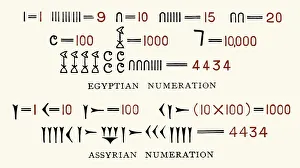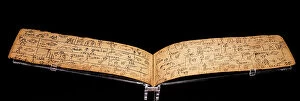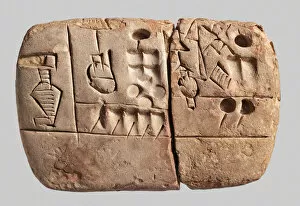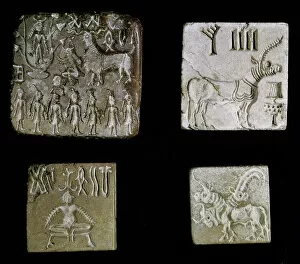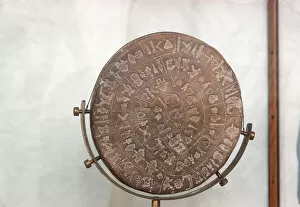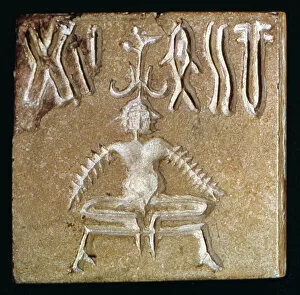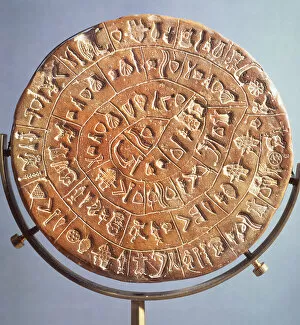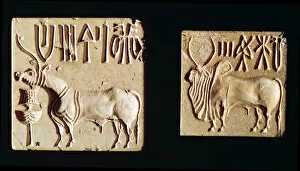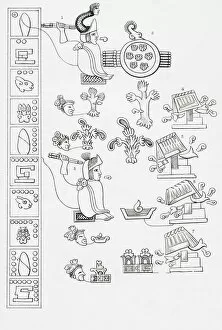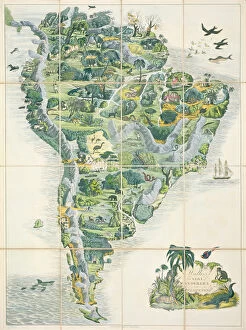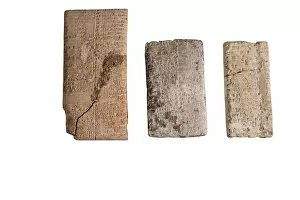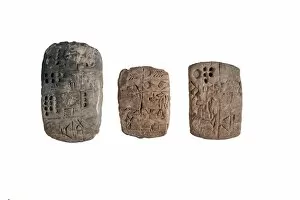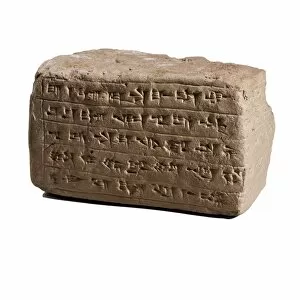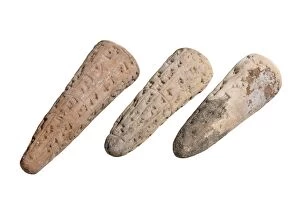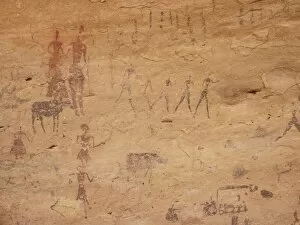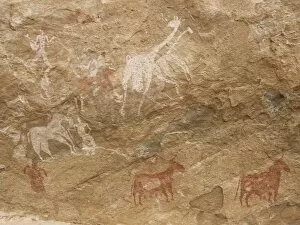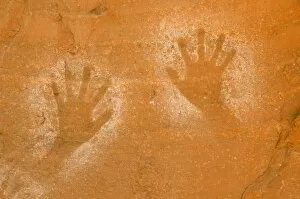Pictographic Collection
"Pictographic: Unveiling Ancient Scripts and Symbols" Step into the world of ancient civilizations as we explore the fascinating realm communication
For sale as Licensed Images
Choose your image, Select your licence and Download the media
"Pictographic: Unveiling Ancient Scripts and Symbols" Step into the world of ancient civilizations as we explore the fascinating realm communication. From Egyptian and Assyrian counting systems to early Mesopotamian cuneiform tablets, these artifacts provide a glimpse into humanity's earliest attempts at written expression. One such relic is an Early Pictographic cuneiform tablet from Uruk, Mesopotamia, dating back to 3100-2900 BC. Crafted from clay, it bears intricate symbols that were once used for recording information or telling stories. Traveling further east, we encounter four seals depicting mythological animals discovered in Mohenjo-Daro, Indus Valley, Pakistan. These intricately carved stones offer insights into the beliefs and myths of this ancient civilization. A mysterious artifact known as the Disc of Phaestos captures our attention next. Created around 1700-1600 BC using fired clay, its symbols remain shrouded in mystery even today – their significance lost through time. Continuing our journey through time and space, another seal depicting a mythological creature emerges from Mohenjo-Daro in the Indus Valley. This small but exquisite piece showcases the artistic prowess prevalent during this period. The enigmatic Phaistos Disc takes center stage next; adorned with unknown symbols found on Crete around 1700 BC. Scholars have tirelessly studied this disc for centuries yet failed to decipher its meaning entirely. Returning to Mohenjo-Daro once more brings us two more seals featuring captivating mythical creatures etched onto stone around 2300 BC. These masterpieces highlight not only artistic talent but also shed light on cultural narratives passed down generations ago. Venturing across continents now leads us to Mexican pictorial writing documented in The National Encyclopaedia published circa 1890. This visual form of communication provides valuable insight into Mesoamerican cultures' rich history and traditions.

